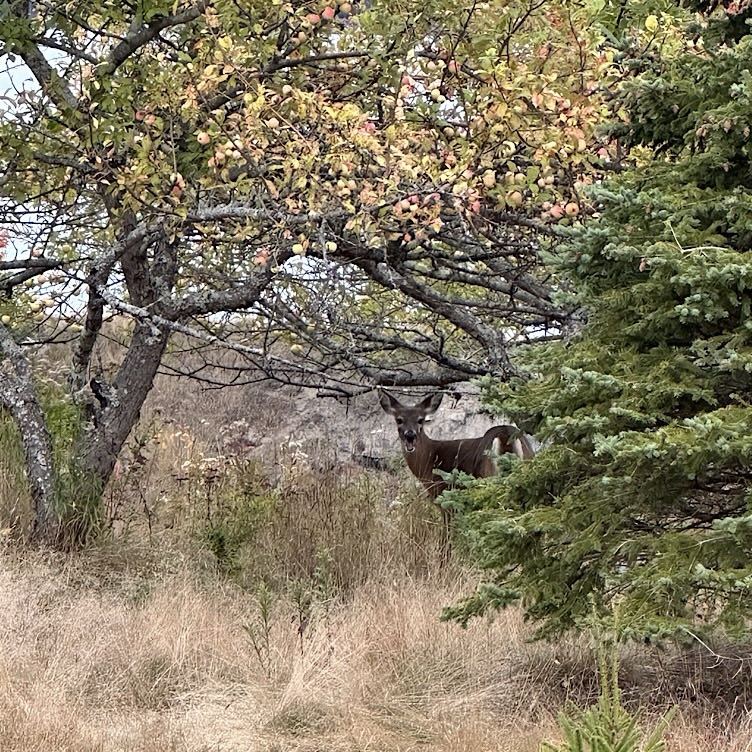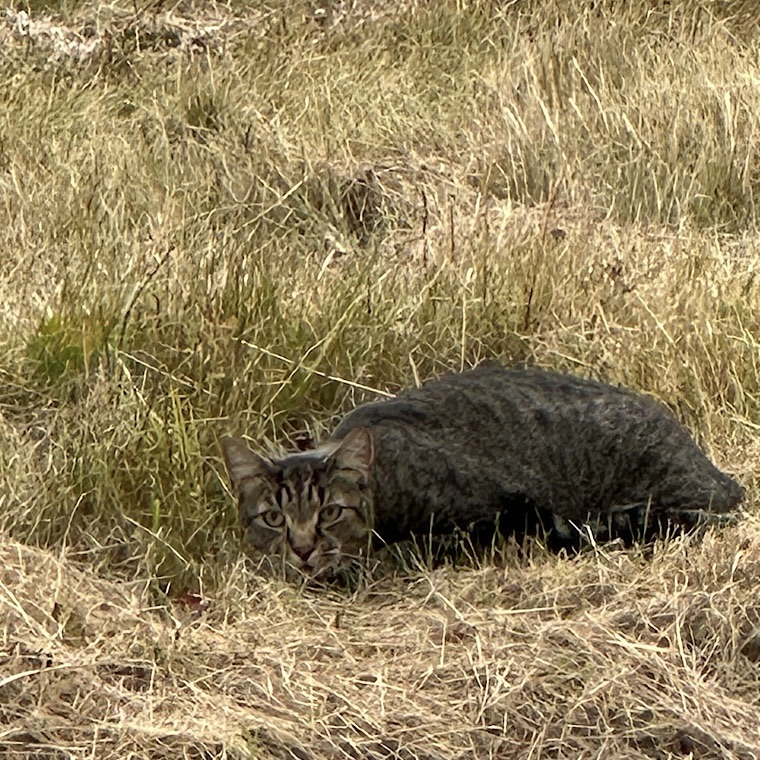Terma
Terma – Tibetan word meaning something like “hidden treasures”
I discovered two termas, one inside the other. The first on Saturday, when I was cleaning up the garden. There was something that looked like a head of lettuce obscured in an overgrowth of mixed greens. An animal had been eating our greens – maybe a porcupine – and I had just abandoned those patches rather than try to eliminate the determined chewer. The plants had mostly bolted and I was pulling them up, and there it was, a beautiful perfect head of lettuce.
It wasn’t actually lettuce, but a more sturdy green, like an escarole. But round in shape and the size of a large iceberg lettuce. Minimal damage on the outside leaves. I cleaned the dirt off it and put it in the refrigerator for dinner later.
Yesterday, I took the head out of the refrigerator to disassemble and clean it. It was destined for escarole and beans for dinner, one of Sam’s favorite dishes. I opened up leaf after convoluted leaf, layer upon layer, rinsed them, noted any damage before cutting. As I got to the center, the leaves became more and more pristine. Almost at the center, I discovered the tail end of my second terma – a black worm? the tail of a snake? something? I freaked out a little and handed it over to Sam for further investigation.
I didn’t take a photograph because, honestly, it was kind of gross-looking.
It was a salamander. My reaction changed immediately because I love salamanders. His color was blackish-red and he was maybe three inches long. His little legs were so tiny and delicate. I wanted to examine him more closely, warm him up enough to wake him and get him moving. He’d been in the refrigerator overnight! Sam dropped him into some leaf litter near the house before I could observe him very long.
Sometime later, my mind made the connection with terma.
In 2024, my learned friend was writing an essay about Yeshe Tsogyal and Padmasambhava and I edited it. I was feeling very puzzled about the practice of hiding treasures “until an appropriate time.” I didn’t understand it. I still don’t, not really.
Months later, I was listening to a podcast interview with Ben Joffe. He was explaining that burying secret teachings was a way of “indigenizing” them. Buddhism came to Tibet from India, and there was already an indigenous religion there, Bon. Hiding teachings in the earth was a way of making them local and thus, acceptable.
I buried a hand-made book once, expecting some interesting coloration on the pages from its sojourn underground. Instead, it disappeared. I assume it was consumed by the creatures that live under the surface.
A Tibetan teacher is coming to our center on Wednesday and Thursday. He’s going to teach about a terma, a prayer taught and hidden by Padmasambhava. This might seem esoteric and it is, to me. I’ll have to experience it as revealed, unearthed, and remember my experience in the garden.
Terma…— spiritual treasures hidden by Guru Rinpoche and Yeshe Tsogyal in the earth and in the minds of disciples to be revealed at the appropriate time by ‘treasure revealers’ or tertöns.
https://www.rigpawiki.org/index.php?title=Terma
Photo of animals in hiding (or trying to be) because I didn’t take one of the salamander:


Catherine~ I remember burying cloth bundles and wrapping tree limbs and such. I never got any grand surprises either. But the adventure was in the doing.
Between this post and part of a video I saw recently, I’m wondering if leaving slips of paper with words of appreciation or inspiration is a welcome thing or just plain old liter?
I would be excited to find slips of paper like you describe. Something that makes me really wonder, rather than just imagine someone throwing their garbage out the window of a moving car.